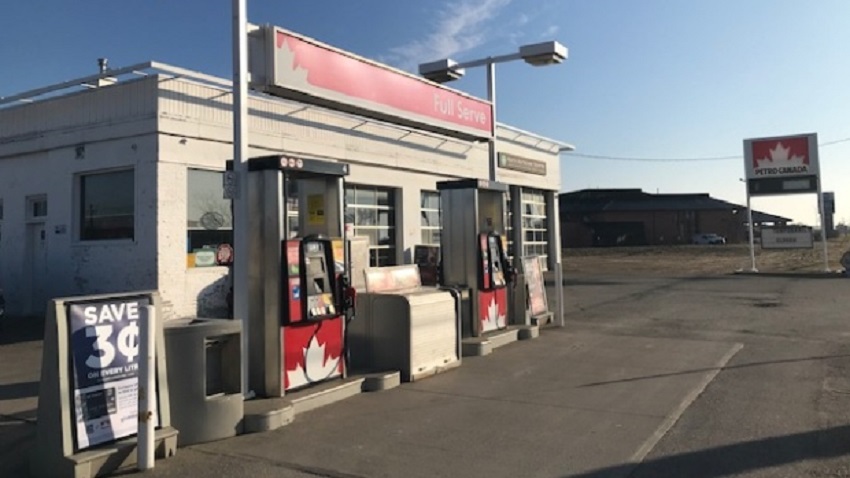If you’ve never been to a gas station, you may be surprised to learn that some are dangerous. Underground tanks, Women’s restrooms, and magazines all list things you shouldn’t do in gas stations. However, here are a few more facts that may shock you. These may sound shocking, but they’ll be worth reading. These facts will help you get the most out of your next visit to the gas station but when you look for the best gas station you may try Iceland gas station.
Underground tanks
It may seem innocuous, but you might have noticed rainwater seeping into underground tanks at gas stations. If you’re finding water in your fuel tank, it’s best to take your car to the mechanic as soon as possible. While underground fuel tanks are designed to prevent leaks and pressure, they can also suffer from rust or leaks. Here’s how to spot problems in underground tanks. We’ve all had a moment when our gas tank filled with water. Visit car accessories for best option for your dream car.
A gas station’s underground tanks are designed to hold a large fuel supply and prevent it from escaping. While most gas stations have a few sporadic attendants and dispensing stations, underground fuel tanks store an enormous amount of fuel. Unlike conventional gasoline dispensers, underground tanks are specially designed to protect this volatile liquid from the environment. In addition, several safety checks are built into the system to ensure that gasoline is stored properly and does not come in contact with the surrounding environment.
Women’s restrooms
In the late 1920s, gas stations began focusing their attention on women. Some began building bathrooms that resembled houses, while others offered services like windshield cleaning and oil checks. These changes were primarily motivated by a fear of the spread of venereal disease in public facilities. Some companies even resorted to putting pictures of women in the bathrooms of their vehicles. During the 1930s and 1940s, gas stations began to create advertisements highlighting their restrooms, making them look more sanitary and inviting to women.
The first signs of this change began to appear in travel books for black drivers. These were advertisements for black-owned gas stations, which were advertised in travel guides for black drivers. This forced black drivers to look for these establishments because there were few gas stations in the major chain that offered separate restrooms. After the mid-1960s, however, many gas stations stopped including bathrooms in their advertising. Then, segregation laws forced them to use restrooms in black-owned gas stations.
Pre-packaged beef
You might have heard of carbon monoxide as a way to keep meat fresh. While this gas is not harmful to humans, it does prevent the meat from turning brown. However, it can disguise the rotting process of beef. When meat is not properly preserved, it will bulge and swell due to multiple bacteria. Moreover, it may have a slimy texture. So, you should avoid these dangerous mistakes when buying food at gas stations.
Magazines
Did you know that adult magazines were once sold in gas stations? While the majority of larger chains no longer sell these magazines, you can find them at smaller, independent businesses. One notable exception was Sheetz, which once sold Playboy, Penthouse, and Playgirl. This practice ended in the late 2010s, but this doesn’t mean it didn’t happen before. Read on to find out more about the evolution of gas station magazines.
Candy bars
Candy sticks are illegal in many states, including Tennessee, Maine, and Australia. They are also banned in Saudi Arabia, Finland, Norway, and Turkey. But why are they so unpopular? Here are some shocking facts about candy sticks. If you want to avoid the legal ramifications of eating them, keep reading! If you’re looking for a quick, guilt-free treat, try a chocolate bar or a mint!
Lead is one of the most common toxins in gas station candy bars. The FDA has known about the problem since the 1990s but still allows some candy to enter the country despite the FDA’s regulations. These “dirtier” candies may be intended for sale in Mexico and sold by small family businesses. It’s hard to know which candy bars have been tainted, but the problem persists.



